- About us
- Support the Gallery
- Venue hire
- Publications
- Research library
- Organisation chart
- Employment
- Contact us
- Make a booking
- Onsite programs
- Online programs
- School visit information
- Learning resources
- Little Darlings
- Professional learning
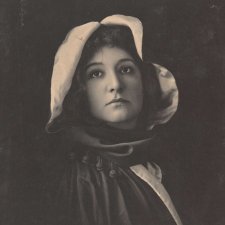
A question lately cropped up in connection with Madame Melba as to whether fame and celebrity are not essentially the same thing. My feeling is that they are different.
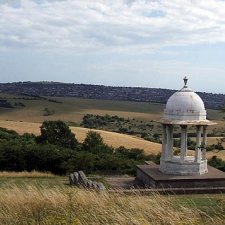
In the earliest stages of the Great War, the Royal Pavilion in Brighton was turned into a military hospital, and arrangements made there to accommodate the different dietary and other requirements of Hindu, Sikh and Muslim patients.
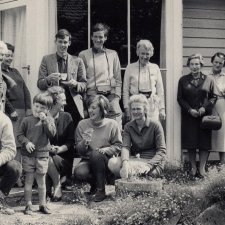
At a meeting by teleconference of the National Portrait Gallery Foundation last week, I found myself reporting that our forthcoming exhibition So Fine is going to be “a humdinger,” whereupon Tim Fairfax chuckled and said that he hadn’t heard that expression for years.

Tedi Bills on how social media in the age of COVID-19 has fanned the flames of our portrait fascination.
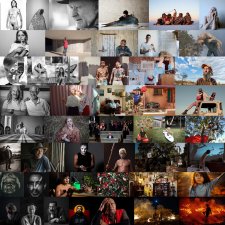
Nici Cumpston immerses herself in the collective vision of the National Photographic Portrait Prize 2020.
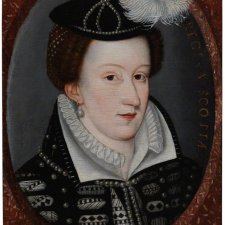
Angus's latest Trumbology is accompanied by the following caveat: 'This one is reeeeeeally geeky.'
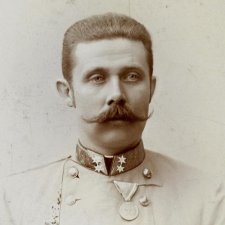
The immediate chain of events that led to the outbreak of the First World War began 100 years ago on June 28.

It is now a little more than 178 years since the French Academy of Sciences was made aware of the invention of the daguerreotype process.

That principle of equity of access has ever since been a noble aspiration for all public art museums, as it is for us here at the National Portrait Gallery.
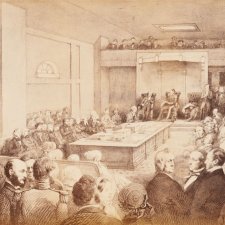
On this day eight hundred years ago at Runnymede near Windsor, King John signed Magna Carta.
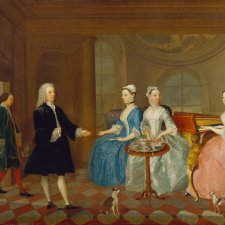
There is in the collection of the Yale Center for British Art in New Haven, Connecticut, an English painting, datable on the basis of costume to about 1745, that has for many years exercised my imagination.
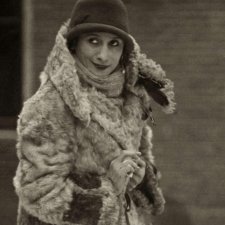
It is a painful truth, but one which must be faced up to, that the pavlova, that iconic Australian dessert, a staple since the 1930s, was actually invented in New Zealand.
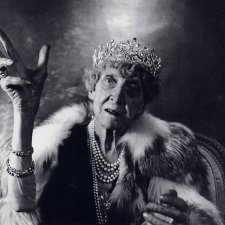
This year (in March) we will celebrate the twentieth anniversary of the formal establishment of the National Portrait Gallery. In the life of institutions, twenty years is not a long time.
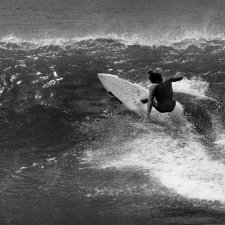
Penelope Grist charts an immersive path through Stuart Spence’s photography.
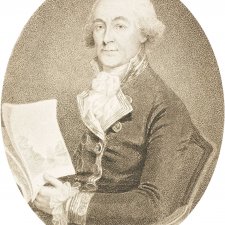
I have been reading systematically through the ads in the earliest issues of the Sydney Gazette and New South Wales Advertiser, such a rich vein of information about certain aspects of daily life in Regency Sydney.
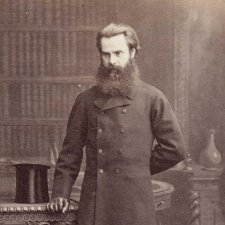
Tennyson's Enoch Arden was inspired by a story that Thomas Woolner passed on to him – but whose story and of whom?